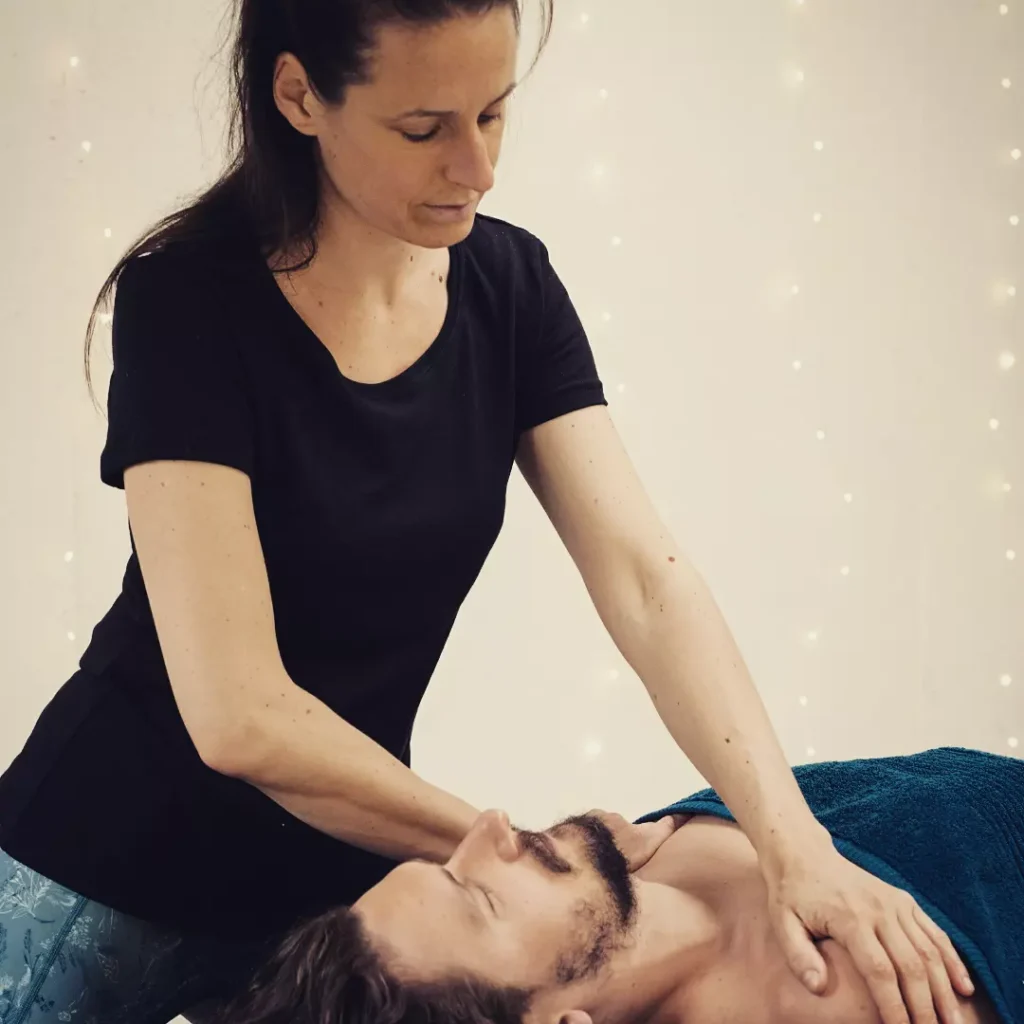
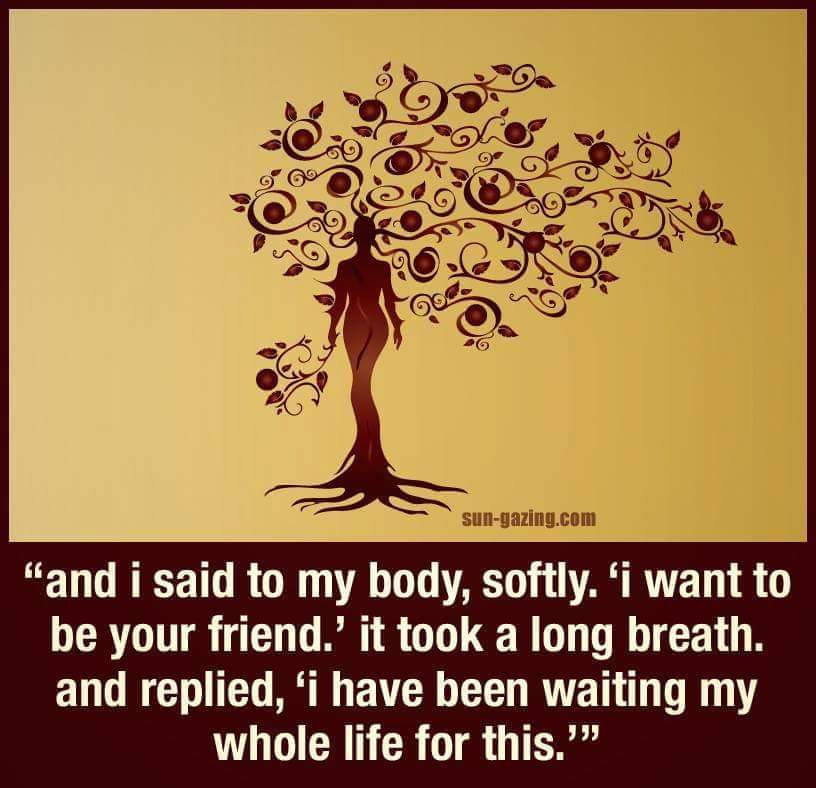
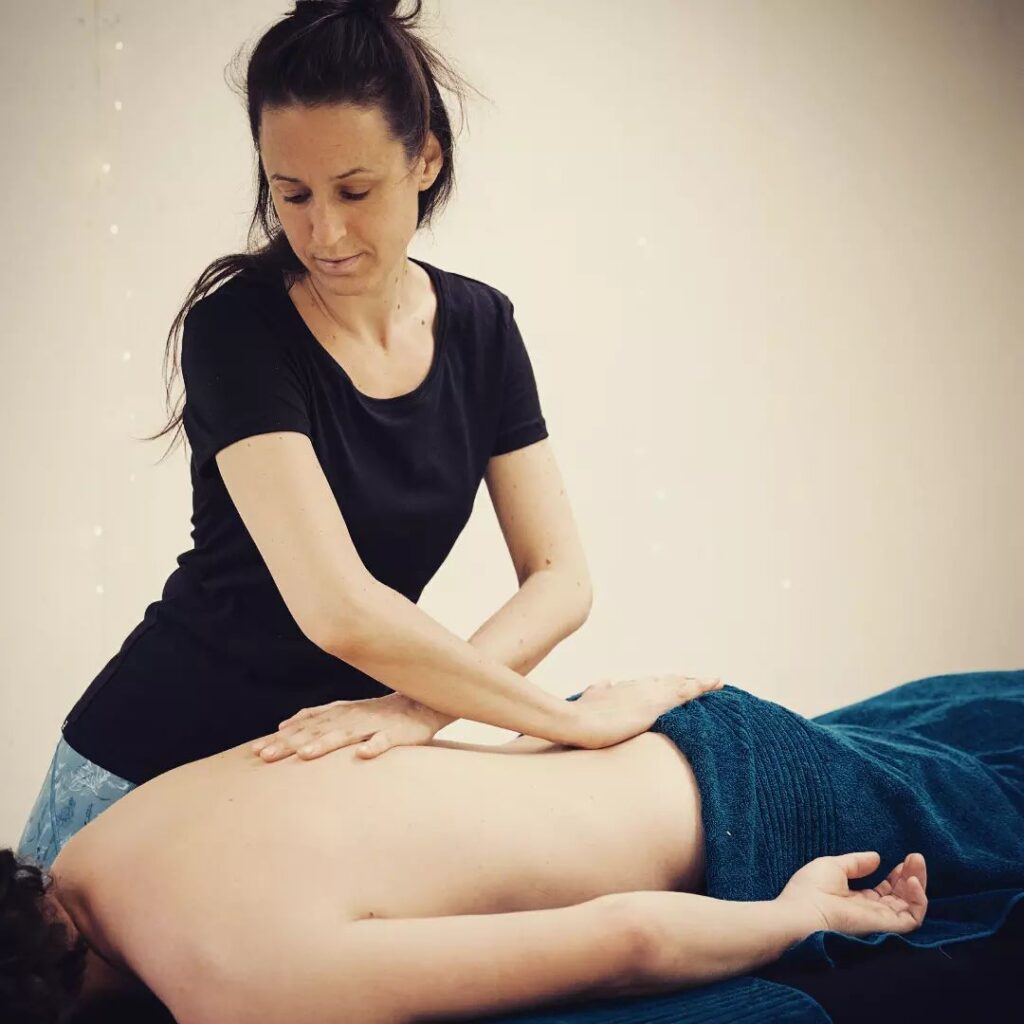
Myofascial release
Myofascial release is at the core of my therapeutic treatments and it truly is a holistic treatment that is gentle, yet deeply impactful on our bodies and minds. As mentioned in the therapeutic bodywork section, it can help with a wide range of conditions: joint issues, muscle pain, back or neck pain, recovery from injuries, scar tissue, but also headaches, jaw issues, or general stress and tension. Because it is such a wonderful technique that is still very little known about in the mainstream (although becoming hugely popular in bodywork and yoga circles) and very subtle in comparison to old beliefs of ‘no pain no gain’, it deserves it’s own page dedicated to explaining more deeply what it is all about.
Fascia is a densely woven connective tissue, that spreads like a web through our bodies, covering and interpenetrating every muscle, bone, nerve, artery, vein, and our internal organs (including heart, brain and spinal cord), even enveloping our cells. Fascia holds our body together providing structure, it distributes nutrients and information throughout the body as a highly intelligent communication network (it strongly reminds me of mycelium in the ground). In its healthy state it is strong, but relaxed and hydrated, has the ability to stretch and recoil, and move without restriction. Most of the sensory receptors for interoception are located in the fascia, which allows us to we feel and experience the sensations in our bodies.
Stress, trauma, repetitive strain, inflammatory responses, injuries or surgical interventions can cause restrictions and adhesions in our fascia in certain areas. These will create lines of pull and compensations in other parts of the body, thus affecting the whole system. Fascial restrictions are at the root of postural misalignment, compression of the joints leading to inflammation or degeneration, muscle pain and dysfunction, and even affect the healthy function of our internal organs. If our fascia is tight, it can make us feel tired, cause low energy or headaches, and our ability for interoception will be decreased as well.
Interoception sensitivity varies from person to person, but also in different parts of the body. Going through periods of stress or trauma can decrease our interoception and certain areas of the body, or even the whole body, can appear numb to us. We often don’t realize this, as we become used to this state of being. But this felt sense of being in our body and being aware of what we are experiencing in the tissues moment to moment is really important for our wellbeing. It makes us feel deeply connected to ourselves, more aware of our needs and inner guiding system, allowing us to make better choices for ourselves. We can train ourselves to become more perceptive to these inner sensations in the fascia, for example by practicing body scan (explained below). During myofascial release treatment, we are contacting and waking up these ‘dormant’ tissues and reestablish this inner communication.
Myofascial release is very safe, non invasive hands-on technique used to remove the restrictions in the fascia and restore health. The practitioner places their hands on the area of restriction and connects deep into the fascial system. Applying gentle sustained pressure, encouraging tissues to relax and soften, creating safe space for the tissues to let go and release. You might experience a burning or pulling sensation, heat, cold, tingling or sense of melting, letting go. Spontaneous twitches or sudden movements of the body can occur. In some cases, all you are aware of is deep relaxation, but the practitioner is tracking all the changes, listening and responding to your body and follows its clues. It can take time for the tissues to let go, but the changes can be deep and lasting, often old emotions that were stuck in your tissues come up and leave your system. The more you relax, tune into your own unique experience without any expectations and surrender to your body, the better the results. I like to use breath and various somatic practices to help you sink into a deeper level of relaxation to facilitate this process.

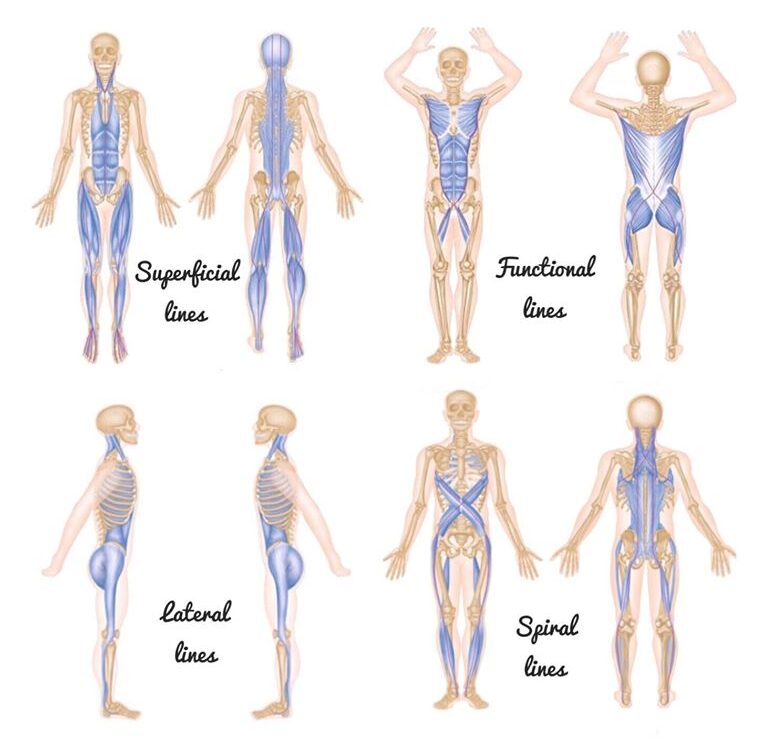
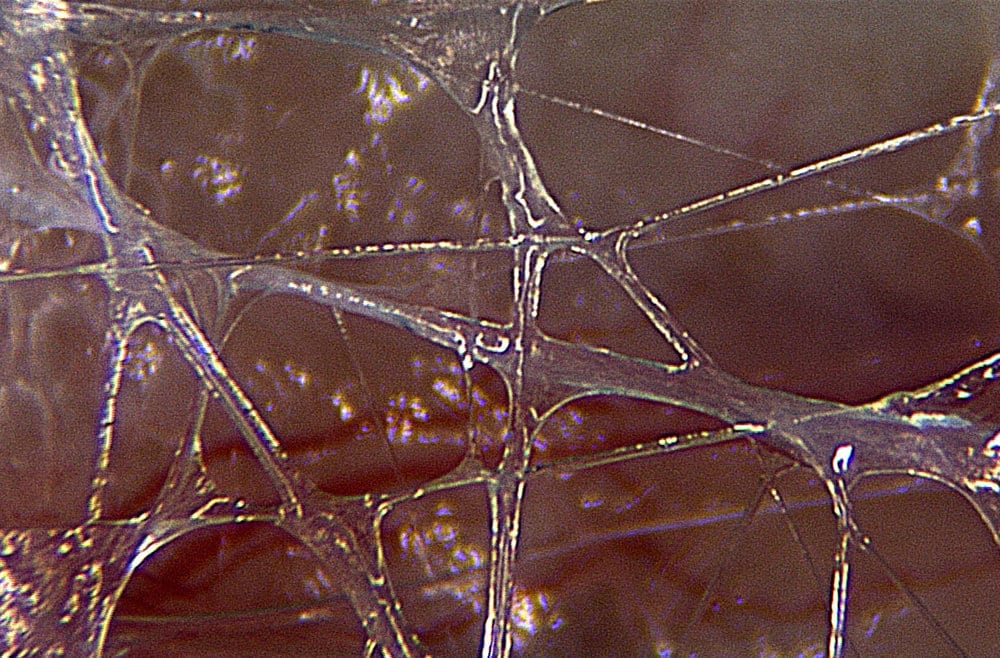
Aftercare… what happens next?
The healing process continues for a day or two after the treatment as the body is processing the changes that took place. One might feel a need for deep rest, slowing down, and often experiences new awareness of themselves, their bodies and emotions. To receive maximum benefit from the treatment, I encourage you to listen to what your body is asking for during this period, rather than trying to push through it. Avoid too much physical strain if you can, drink plenty of water and eat some healthy nourishing meals. Protein will help you to ground, if you are feeling a bit spaced out.
It might take several sessions to fully release certain restrictions, especially if the pattern has been there for many years, sometimes decades. However, there are many ways you can support this process. You can choose one or more that you enjoy and practice regularly, even for short moments.
- Practice relaxation – create space in your day/week to slow down and simply be. Finding a quiet space where you feel safe and undisturbed, and notice how you feel. Notice the flow of your breath and invite your exhale to slow down and lengthen, your inhale to deepen. Can you feel the gentle touch of your breath inside you? Bring your awareness to the contact with the ground/seat underneath you, feel the sensation of this contact, feel its support.
- Body scan – deepen the connection with your body and the ability to notice the subtle sensations inside (interoception). Either sitting or lying down, first take a moment to slow down and notice how you feel. Start by noticing the contact with the ground/bed/seat underneath you, and the flow of your breath. Then bring your awareness to your feet, scanning for any sensation that you might notice (maybe warmth, cold, tingling, pulsing), however subtle. Then move on higher up to feel your ankles, shins, calves, thighs, hips,… all the way up to your head and face. Don’t rush, be patient. By focusing on smaller section and taking your time, you will gradually get to notice more. If you can’t feel anything, don’t worry. There are often areas of the body that we are dissociated from for good reasons, and the body sensations will reveal themselves when the time is right. Just spend some time in the area, exploring with curiosity and open mind, and move on to the next one. I love to do this when lying in bed before going to sleep, as it helps to calm my mind and relaxes the whole body, often making my sleep deeper and more regenerative.
- Resourcing – What resources do you have in your life? Is there a special place or practice you do that makes you feel calm and relaxed, comfortable, safe, “at home with yourself”? Perhaps a walk in nature, sitting under a tree, having a bath or stroking your pet. When you tune into your body, can you find a sensation inside that lets you know you are well? It could be a sense of heaviness in your legs, warmth in your feet, tingling in your hands, the support under your buttocks, or your connection to the Earth… How do you regenerate and regain your calm and sense of self? If you can’t think of anything don’t panic. You can start creating the resources for yourself now. And even if they are not accessible on daily basis, the memory of the experience can be enough to bring a sense of calm and relaxation into your body.